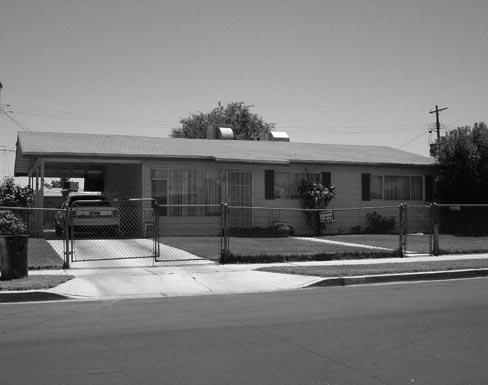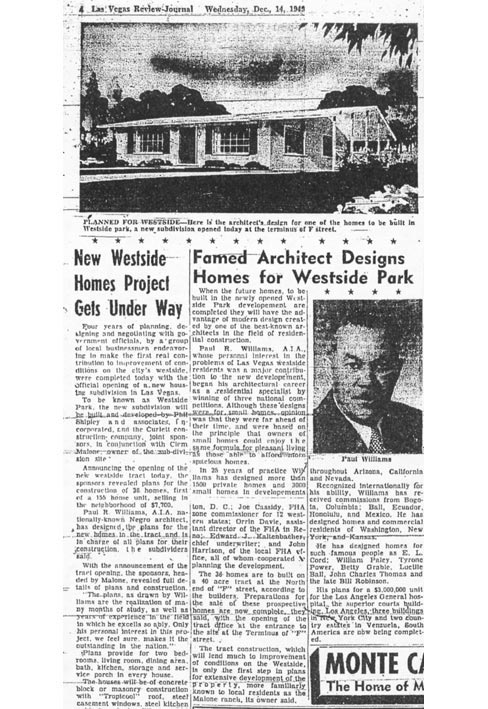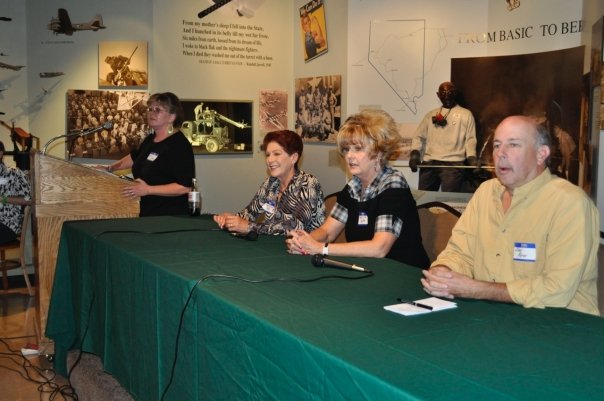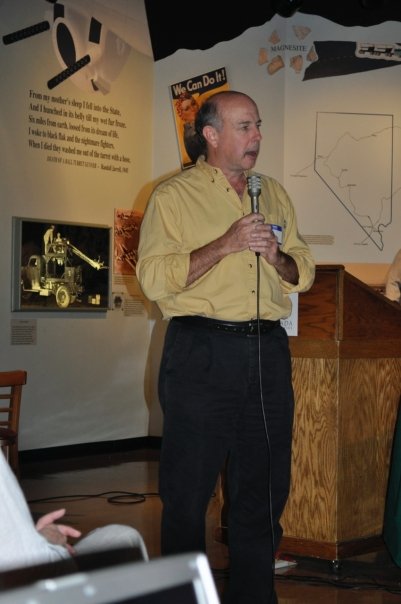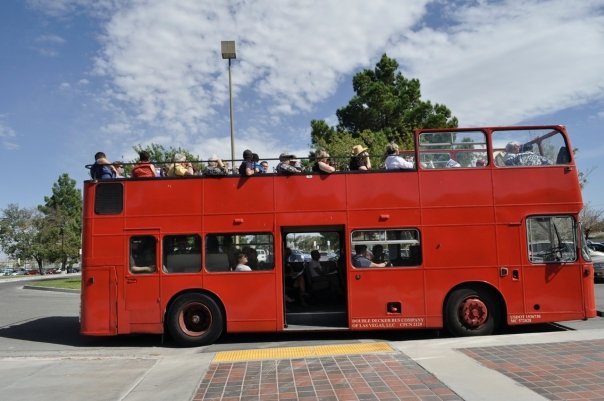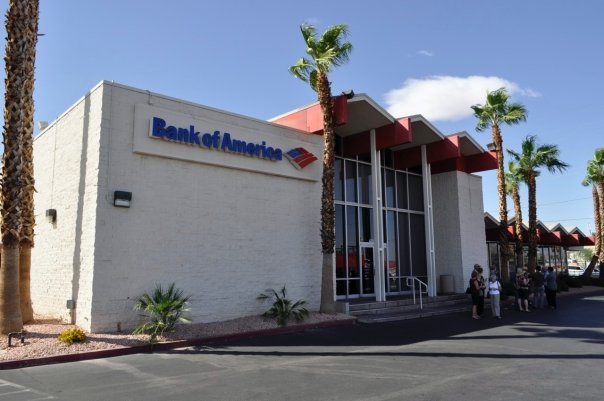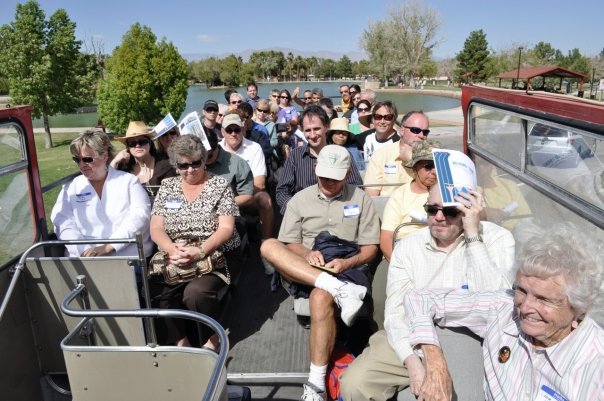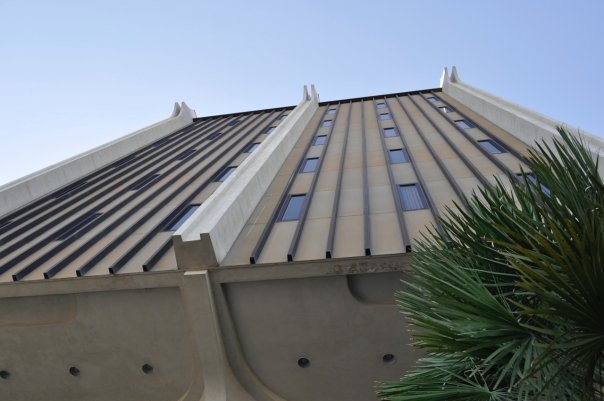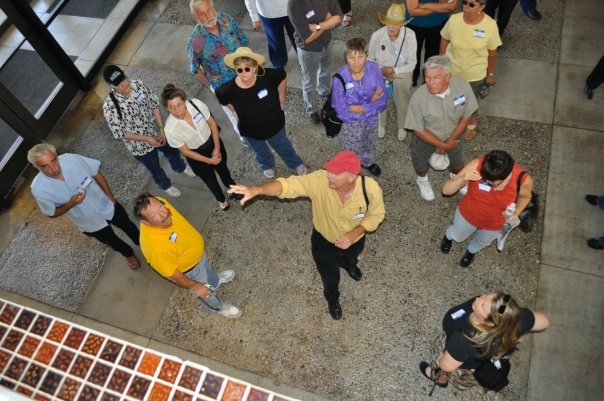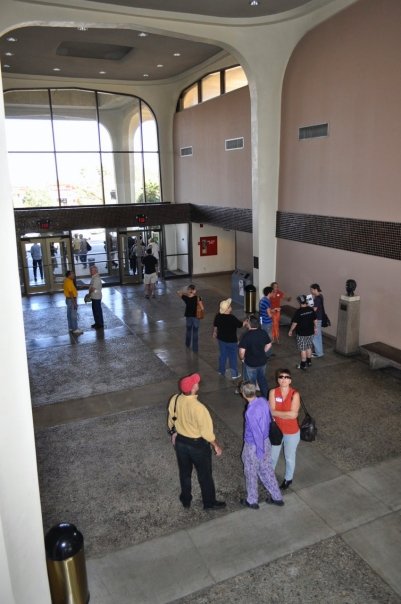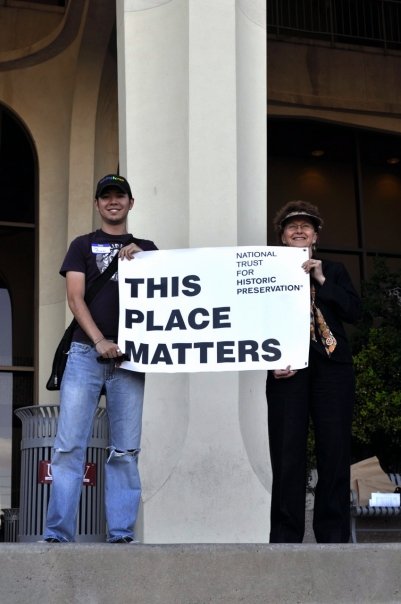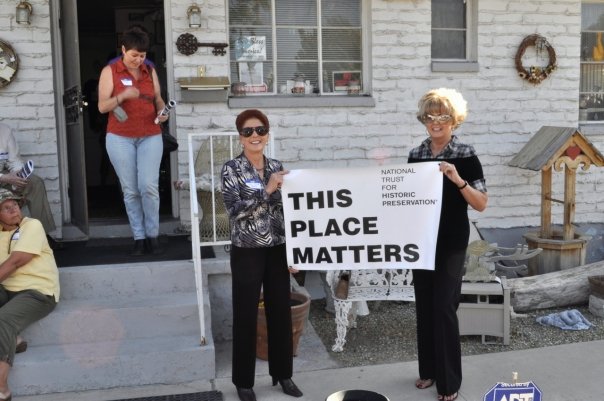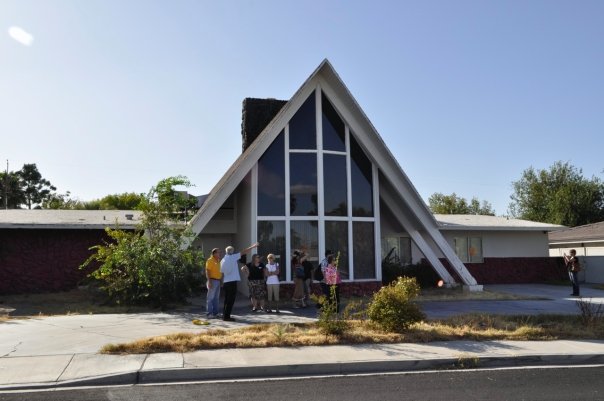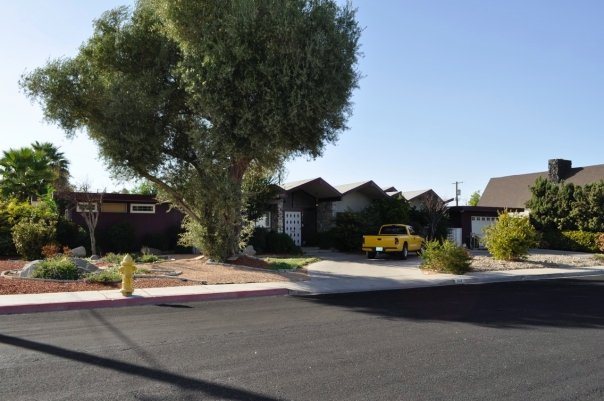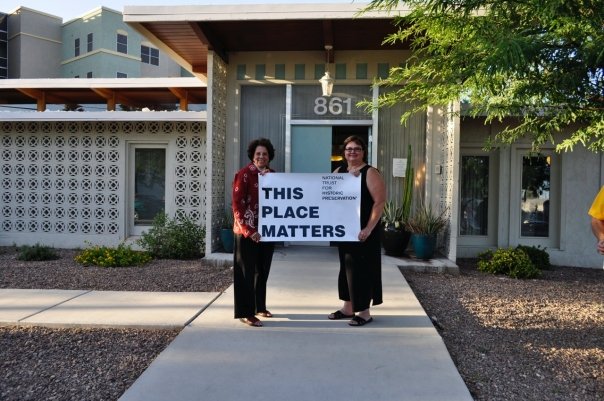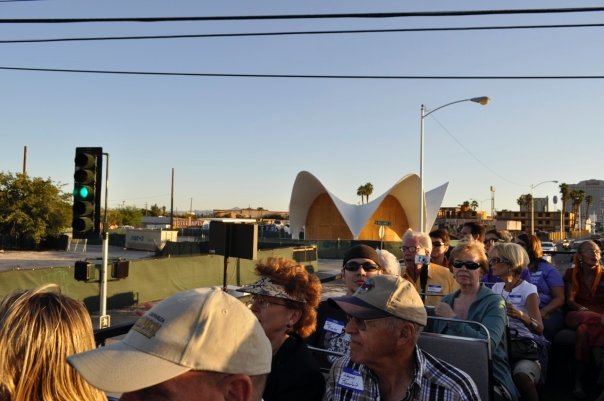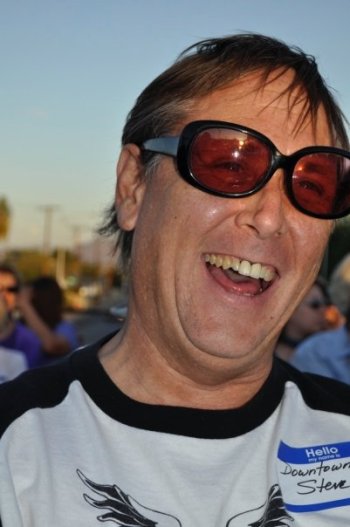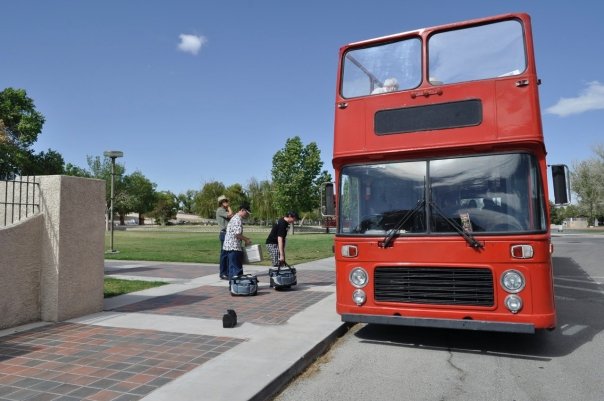Dr. Lonnie Hammargren is one of the valley's more colorful characters and owns of one of the area's most unusual homes.
The past 15 years, Nevada's former lieutenant governor has opened his home in the Paradise Crest neighborhood, near Flamingo and Sandhill roads, for tours on Nevada Day. This year, for only the second time since he and his wife began the tradition, the Oct. 31 party is off.
"I had heart surgery just before Nevada Day one year," Hammargren said. "This year, it's a bunch of things that led to us deciding to hold off on it."
Hammargren cited a couple reasons:
• His wife, Sandy, is recovering from knee surgery to repair a sports-related injury from her teens.
• Much of the time Hammargren typically spends preparing the home for visitors will be consumed by a pair of trips across country, one to visit family and an ill friend in Minnesota, and the other to see the grandkids in Florida and attend the 90th annual meeting of the Theodore Roosevelt Association.
"Roosevelt is my ego ideal," Hammargren said. "I've been following in his footsteps all my life, which I didn't realize at first."
Perhaps the more pressing reason is a result of formal complaints that have been filed with Clark County. Hammargren has decided to hold off on the event while he works to get the property up to building codes.
Although the Nevada Day tour is popular, attracting thousands of visitors each year, Hammargren's neighbor Barbara Robinson, who acknowledges she's behind many of the complaints, isn't sad to see it take a year off.
"I love Lonnie, but I can't stand his house," Robinson said in a front yard interview with Hammargren standing nearby. "Would you like to live with that in your neighborhood?"
Over the years, Hammargren has made additions and connected the buildings on his property with bridges. One building includes a dome hidden beneath a more traditional roof. That same building is topped with an unfinished model of Stonehenge.
"We've limited the roof to 35 feet," Hammargren said. "I've had teams of inspectors on the roof checking that out."
He did note that in order to have people walking on the roof, a safety rail is required, and that rail rises 42 inches above the 35 feet. The presence of people on the roof, particularly during special events, is one of the things that irks Robinson the most.
"You're out there by your pool in your bathing suit, and there's someone walking along the roof, and what are they looking at? My yard," Robinson said.
Hammargren said he built a low, plywood wall to block the view into Robinson's yard from the catwalk. Prior to the wall's construction, a 20-foot balance scale holding models of UNLV and UNR could be seen from Robinson's backyard. The building has all manner of objects attached to it and on top of it. Hammargren has purchased, salvaged or collected the items over the years. These days, people just call him up when they have something unusual that needs a home.
"That stuff in there, nobody wants it," Robinson said. "Ask him how much he paid for it. People just give it to him instead of throwing it out."
Aside from being flat-out strange, Robinson contends, Hammargren's collection is a nuisance and draws unwanted traffic and attention to the otherwise quiet neighborhood.
"You get a lot of lookie loos," she said. "We're just trying to get home, and they'll be creeping down the road, blocking traffic."
Robinson says the house has gotten stranger over the years. She pointed out a few rooftop embellishments: a life-size elephant, with its posterior facing the neighborhood; a giant orange hand; a barbecue grill.
"It wasn't like this when I moved here," Robinson said. "I'm not crazy."
Three years ago, she decided to ask the county to get Hammargren to stop the expansion of the visible collection and bring the house more in line with the rest of the neighborhood.
"I have an agreement that Lonnie signed in 1999 saying that he wasn't going to put stuff above the fence, but that's been violated 1,000 times," Robinson said. "He's gone past the height regulations. He doesn't take care of it. Stuff is broken."
Hammargren says he is doing his best to bring the house up to code. He pointed out a number of recent changes, including increasing the head clearance on some of the stairwells, reinforcing safety rails and removing some of the exhibits, such as Gary Wells' stunt motorcycle, which was mounted on a beam about 10 feet above one of the swimming pools.
"We can't comment on Dr. Hammargren's case because it's still open," Clark County spokesman Dan Kulin said.
The first step from home to self-made museum began 34 years ago, when Hammargren, concerned about the lack of science education in town, added an observatory and planetarium to his home. He said the plans were approved by Al Collins, who represented the Collins Brothers, who developed the Paradise Crest neighborhood.
"Buckminster Fuller, the world-known architect and inventor of the geodesic dome, visited here and approved the plans for my dome," Hammargren said.
Things were not always contentious between Hammargren, a prominent neurosurgeon, and Robinson. For many years, Robinson's husband was Hammargren's preferred anesthesiologist, but Hammargren retired from surgery three years ago.
"We have no anger. We have philosophical differences on what's beautiful and what's not. Why would you paint your cement red when, as soon as you do that, when the cars go over it, it's going to get dirty again?" Robinson asked. "Years ago, he used to be the entertainment in the neighborhood, but we've grown. We've outgrown Lonnie. This is not what we look on as entertainment anymore."
Sandy Hammargren disagrees. Although she has kept her husband from putting too much of his eclectic touch on the north house, where they actually live, she seems to enjoy him and his eccentricities and sees no reason to rein him in.
"The roadrunner would be easier to contain," Sandy said.
